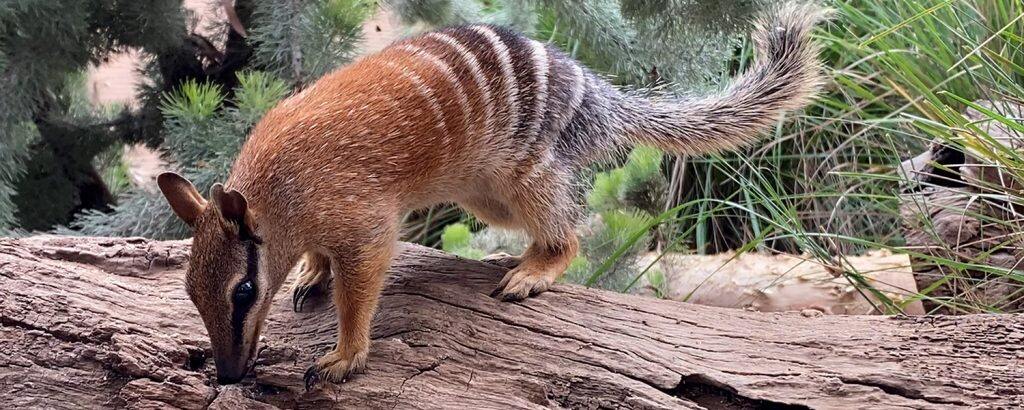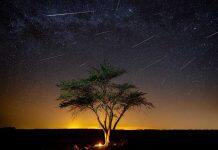The numbat genome has been sequenced for the first time by researchers from The University of Western Australia and DNA Zoo Australia.


The announcement coincides with the launch of a new partnership between Perth Zoo, which supplied the numbat sample for sequencing, and DNA Zoo.
Associate Professor Parwinder Kaur, from UWA’s School of Agriculture and Environment, said the finding highlighted the science activity under way at Perth Zoo and UWA and would help carry out further conservation efforts on WA’s faunal emblem.
“The numbat was on the verge of extinction during the late 20th century, but extensive conservation efforts as well as government and community intervention have led to a gradually increasing population,” Associate Professor Kaur said.
“With less than 1000 numbats left in the wild, this genomic resource will open new doors for numbat conservation efforts as well as for our scientists on the front line, fighting the very genetic diseases threatening to exterminate numbats.”
DNA Zoo has identified more than 100 species at Perth Zoo for sampling, with a priority focus on WA’s endangered native mammals.
Numbats are listed as endangered on the Red List of the International Union for the Conservation of Nature and Natural Resources. The main threat to numbats is predation by introduced predators such as foxes and cats and this threat is exacerbated by other factors, including habitat loss and fragmentation from land clearing.
Perth Zoo is the only zoological institution in the world to breed numbats and since 1993, more than 220 have been bred at the zoo – and released into the wild.
The numbat genome project was a collaboration by DNA Zoo Australia, UWA and DNA Zoo, Aiden Lab at Baylor College of Medicine with additional computational resources and support from the Pawsey Supercomputing Centre with funding from the Australian Government and the Government of Western Australia.







































